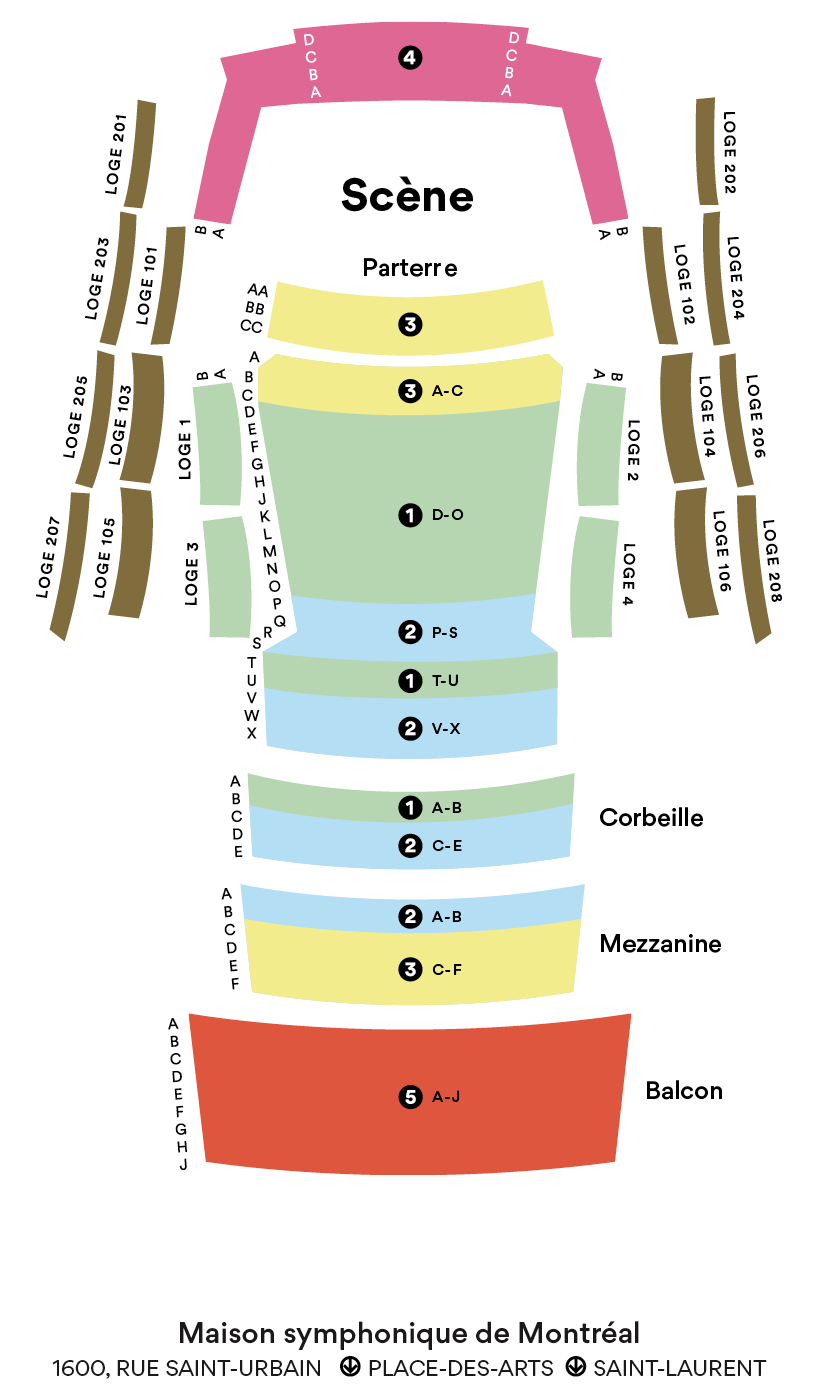Symphony No. 1 in C minor
Louise Farrenc
1804 – 1875
As though it feared comparison with the masters of the genre at the time, the Germans, 19th-century France can boast of very few symphonists other than Berlioz. Exceptions to this seeming rule are the three symphonies of Louise Farrenc, née Dumont. Born in Paris in 1804 to a family of artists, she first studied piano with Hummel and Moscheles before enrolling at the Conservatory, where she became a student of Anton Reicha. In 1821, she married flautist, musical publisher and historian Aristide Farrenc, who ardently defended her music throughout his life. The composer completed her Symphony No. 1 in C minor in 1841, one year before being appointed a professor at the Conservatory.
The work received its premiere two years later in Brussels and wouldn’t be heard in Paris until 1845, both times with success. Adhering closely to the structure established by the Viennese classics, it begins with an Andante sostenuto that creates a mysterious atmosphere with its low strings, answered first by the clarinet and then the other winds. Its dramatic tension gives way to the Allegro, lightened by passages of great serenity. Drawn in large gestures, the ensuring Adagio cantabile has an energy that evokes a stroll through a beautiful landscape. The finely constructed Minuetto and Trio are very much in a classical vein, while the work’s initial dramatic intensity makes a return in the swirling Finale.
© 2022 François Filiatrault
Translation by Craig Schweickert
